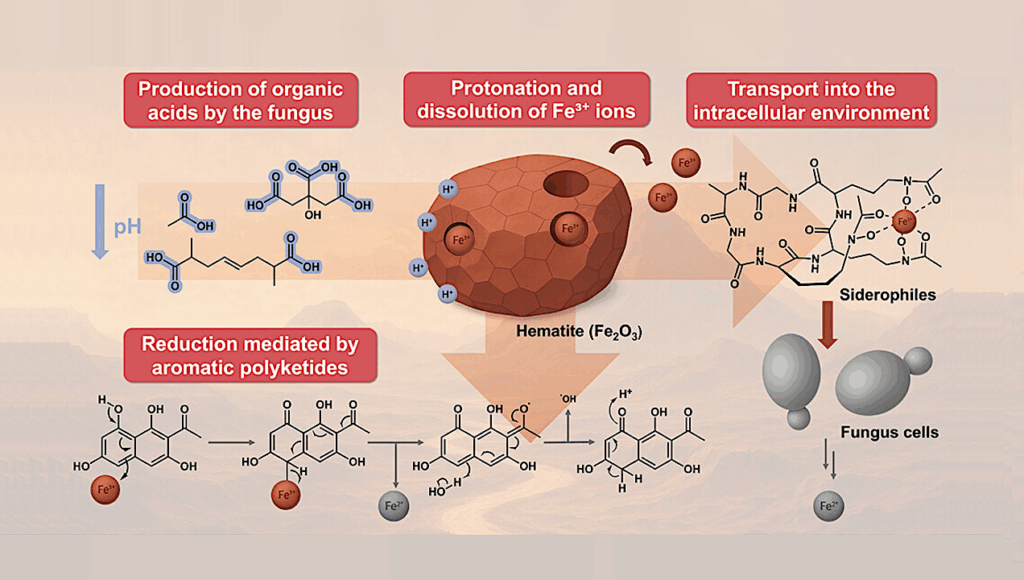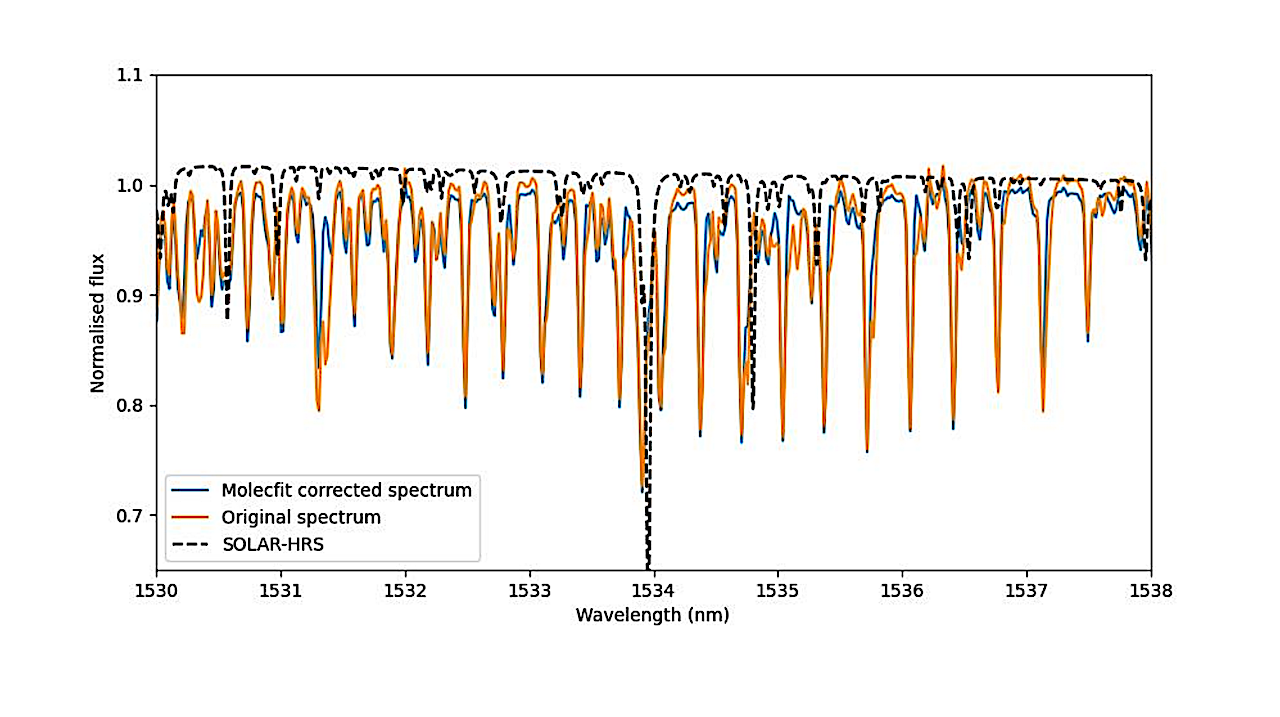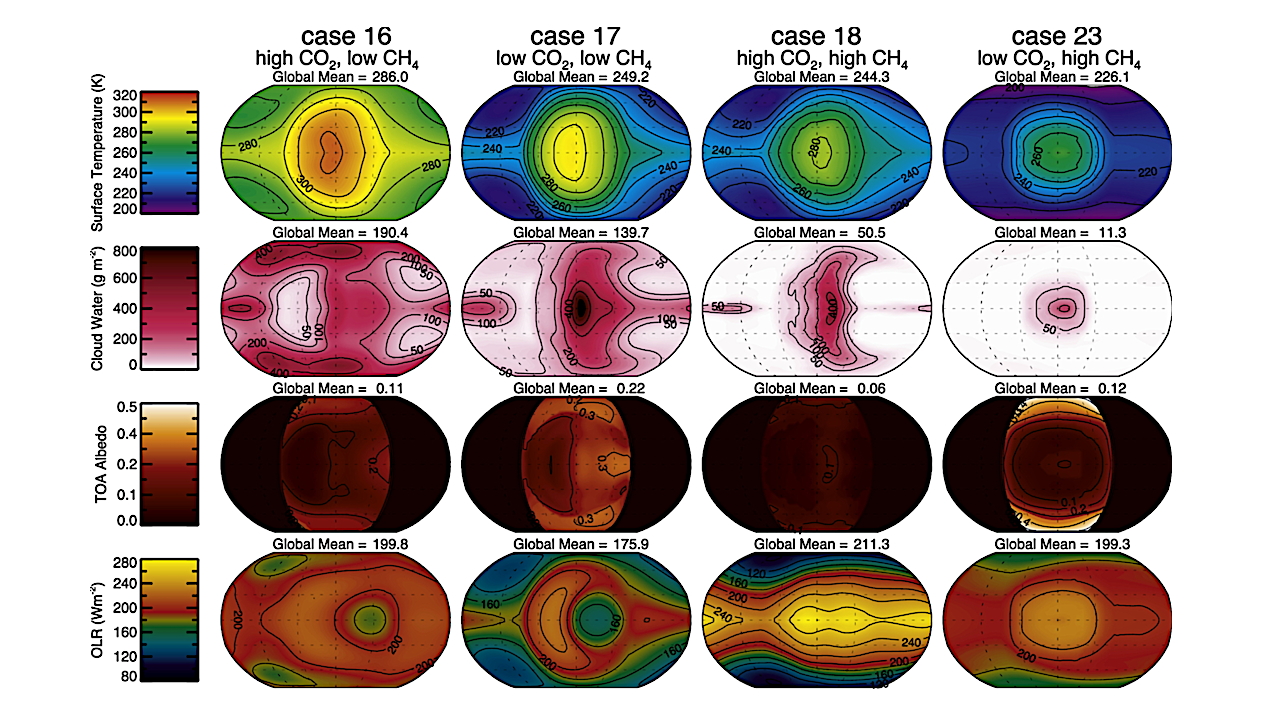Now Reading: Mars Sample Return (MSR) Sample Receiving Facility (SRF) Assessment Study (MSAS)
-
01
Mars Sample Return (MSR) Sample Receiving Facility (SRF) Assessment Study (MSAS)
Mars Sample Return (MSR) Sample Receiving Facility (SRF) Assessment Study (MSAS)
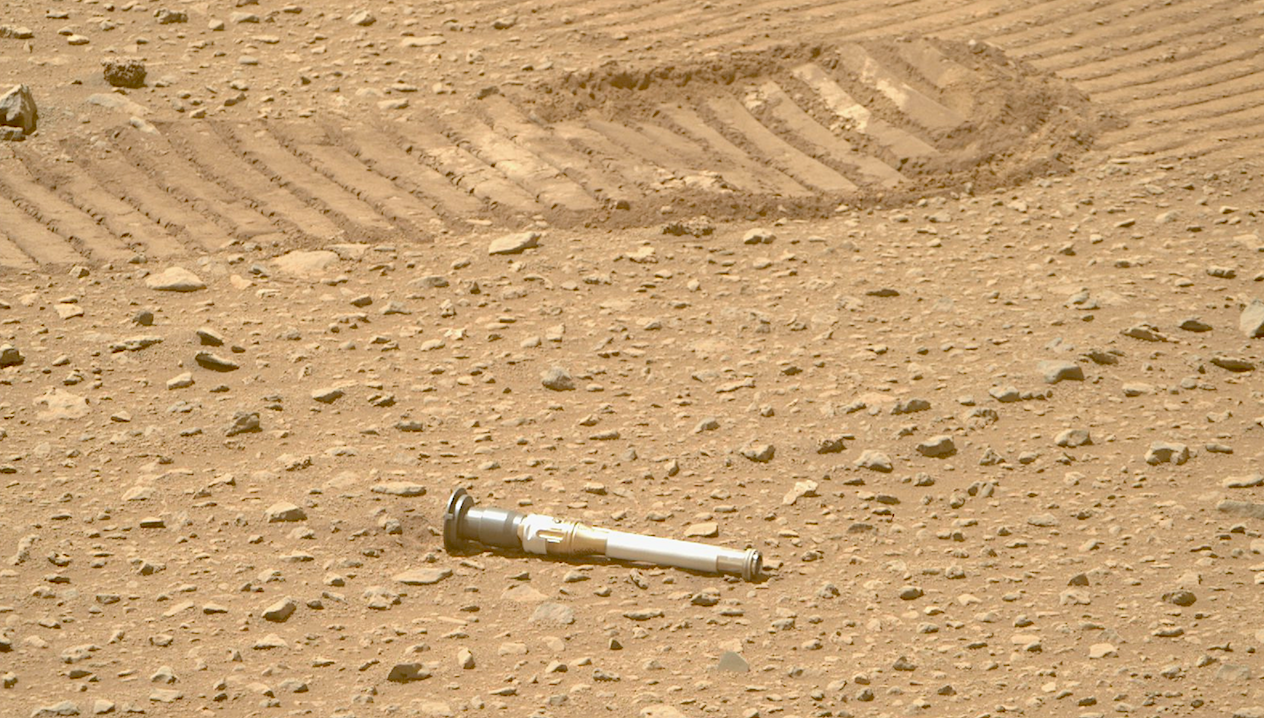

Mars Sample Tube Awaiting A Ride To Earth — NASA
The Mars Sample Return (MSR) campaign, initiated in 2020 with the launch of the Perseverance Rover, is an international partnership between NASA and the European Space Agency (ESA) to return Martian geological samples to Earth for scientific study in the early 2030s.
Not only is MSR the first mission to bring samples back to Earth from an-other planet, it is the first time since Apollo 14to have a mission classified as a Category V: Restricted Earth Return by the NASA Planetary Protection Office due to the possibility that the samples could harbor extra-terrestrial life.

Notional MSR Campaign architecture The cartoon is intended to demonstrate functional steps for the MSR Campaign and, other than the Mars 2020 Mission, may not represent the final campaign mission architecture. — PNAS via PubMed
As a result of this classification, the Sample Receiving Facility (SRF)must not only pro-vide a pristine environment to ensure samples are protected from terrestrial contamination for scientific investigations, it must also provide high-containment (biosafety level 4 [BSL-4]-equivalence)to isolate the samples from Earth’s biosphere until the samples are deemed safe for release and/or sterilized.

This illustration shows the proposed process for safely recovering, containing, and transporting Mars samples gathered by NASA’s Perseverance Mars rover after they are returned to Earth as part of the joint NASA/ESA (European Space Agency) Mars Sample Return Campaign.– NASA source
Astrobiology
Stay Informed With the Latest & Most Important News
-
 01From Polymerization-Enabled Folding and Assembly to Chemical Evolution: Key Processes for Emergence of Functional Polymers in the Origin of Life
01From Polymerization-Enabled Folding and Assembly to Chemical Evolution: Key Processes for Emergence of Functional Polymers in the Origin of Life -
 02Panasonic Leica Summilux DG 15mm f/1.7 ASPH review
02Panasonic Leica Summilux DG 15mm f/1.7 ASPH review -
 03How New NASA, India Earth Satellite NISAR Will See Earth
03How New NASA, India Earth Satellite NISAR Will See Earth -
 04And Thus Begins A New Year For Life On Earth
04And Thus Begins A New Year For Life On Earth -
 05Astronomy Activation Ambassadors: A New Era
05Astronomy Activation Ambassadors: A New Era -
06SpaceX launch surge helps set new global launch record in 2024
-
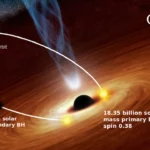 07Two Black Holes Observed Circling Each Other for the First Time
07Two Black Holes Observed Circling Each Other for the First Time














